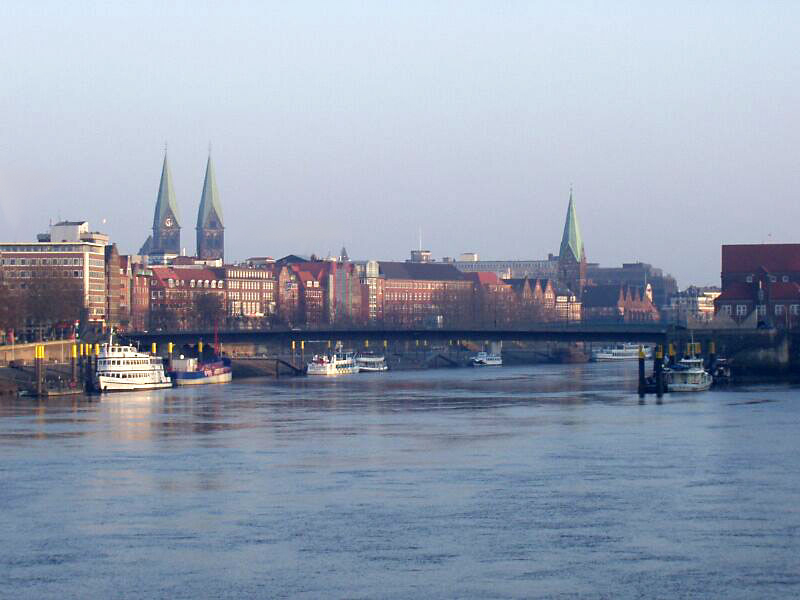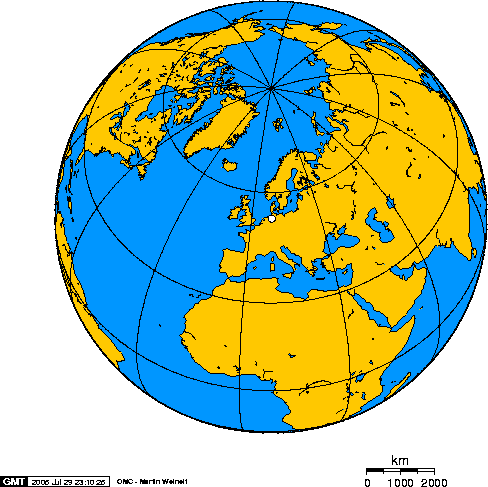|
Farge
Farge () is a small village in the borough Blumenthal of Bremen, Germany. It is located at the river Weser. The bombing of Bremen in World War II attacked Farge targets, including the oil storage. The Farge concentration camp is located nearby in the village Schwanewede Schwanewede is a municipality in the district of Osterholz, in Lower Saxony, Germany. It is situated approximately 14 km west of Osterholz-Scharmbeck, and 22 km northwest of Bremen. It belonged to the Prince-Archbishopric of Bremen. In ... in Lower Saxony. External links Heimatverein Farge-Rekum References Populated places in Bremen (city) {{Bremen-geo-stub ... [...More Info...] [...Related Items...] OR: [Wikipedia] [Google] [Baidu] |
Farge Concentration Camp
Bremen-Farge concentration camp Farge was subcamp number 179 of the Neuengamme concentration camp complex. It was established in the autumn of 1943. When established, it was the second largest Neuengamme satellite camp, although the only known prisoner count is 2092, recorded in March 1945. The prisoners were used as slave labour at the U-boot Bunker Valentin. The camp was sited at a large, naval–fuel–oil, storage facility; some prisoners were accommodated in an empty, giant, underground, fuel tank. The camp was commanded by an army captain, Ulrich Wahl, and the prisoners were guarded by a detachment of naval infantry. Only a handful of SS men were involved in the running of the camp. The prisoners included German political prisoners, as well as Russian, Polish, French and Greek prisoners of war. Work on the Valentin bunker took place around the clock, with workers forced to work 12–hour shifts. The heavy work resulted in a high death rate amongst prisoners. However, only ... [...More Info...] [...Related Items...] OR: [Wikipedia] [Google] [Baidu] |
Bombing Of Bremen In World War II
The Bombing of Bremen in World War II by the British Royal Air Force (RAF) and US Eighth Air Force involved both indiscriminate "area bombing" and, as capacity improved, more targeted raids upon the city's military-industrial facilities. These included, the shipyards of Vulkan, AG Weser and Atlas Werke, the Valentin submarine pens, oil refineries and the aircraft works of Focke-Wolf. Early RAF raids on Bremen beginning in May 1940 had sought out these industrial and military targets but the efforts proved costly and, given limited navigation and target-location capabilities, impractical. From September 1941 the RAF switched to night-time "area bombing". In the spring of 1942 new directives from Bomber Command under Air Marshal Arthur Harris formalised the change of strategy. Purporting to draw lessons from the German Blitz on Britain, Bomber Command concluded that rather than being "collateral damage", the destruction of residential districts and the killing of civilian ... [...More Info...] [...Related Items...] OR: [Wikipedia] [Google] [Baidu] |
Bremen
Bremen (Low German also: ''Breem'' or ''Bräm''), officially the City Municipality of Bremen (german: Stadtgemeinde Bremen, ), is the capital of the Germany, German States of Germany, state Bremen (state), Free Hanseatic City of Bremen (''Freie Hansestadt Bremen''), a two-city-state consisting of the cities of Bremen and Bremerhaven. With about 570,000 inhabitants, the Hanseatic League, Hanseatic city is the List of cities in Germany by population, 11th largest city of Germany and the second largest city in Northern Germany after Hamburg. Bremen is the largest city on the River Weser, the longest river flowing entirely in Germany, lying some upstream from its River mouth, mouth into the North Sea, and is surrounded by the state of Lower Saxony. A commercial and industrial city, Bremen is, together with Oldenburg (city), Oldenburg and Bremerhaven, part of the Bremen/Oldenburg Metropolitan Region, with 2.5 million people. Bremen is contiguous with the Lower Saxon towns of Delmenhor ... [...More Info...] [...Related Items...] OR: [Wikipedia] [Google] [Baidu] |
Schwanewede
Schwanewede is a municipality in the district of Osterholz, in Lower Saxony, Germany. It is situated approximately 14 km west of Osterholz-Scharmbeck, and 22 km northwest of Bremen. It belonged to the Prince-Archbishopric of Bremen. In 1648, the Prince-Archbishopric was transformed into the Duchy of Bremen, which first was ruled by the Swedish in personal union A personal union is the combination of two or more State (polity), states that have the same monarch while their boundaries, laws, and interests remain distinct. A real union, by contrast, would involve the constituent states being to some e .... In 1715, the Hanoverian Crown started to rule over Schwanwede until 1823, in which the Duchy was abolished, leading all of its territory to become part of the Stade Region. Schwanewede consists of 12 smaller villages which form the municipality of Schwanewede, namely Beckedorf, Löhnhorst, Meyenburg, Aschwarden, Neuenkirchen, Brundorf, Eggestedt, Harriersand, Hi ... [...More Info...] [...Related Items...] OR: [Wikipedia] [Google] [Baidu] |
Germany
Germany, officially the Federal Republic of Germany (FRG),, is a country in Central Europe. It is the most populous member state of the European Union. Germany lies between the Baltic and North Sea to the north and the Alps to the south. Its 16 constituent states have a total population of over 84 million in an area of . It borders Denmark to the north, Poland and Czechia to the east, Austria and Switzerland to the south, and France, Luxembourg, Belgium, and the Netherlands to the west. The nation's capital and most populous city is Berlin and its main financial centre is Frankfurt; the largest urban area is the Ruhr. Settlement in what is now Germany began in the Lower Paleolithic, with various tribes inhabiting it from the Neolithic onward, chiefly the Celts. Various Germanic tribes have inhabited the northern parts of modern Germany since classical antiquity. A region named Germania was documented before AD 100. In 962, the Kingdom of Germany formed the ... [...More Info...] [...Related Items...] OR: [Wikipedia] [Google] [Baidu] |
Weser
The Weser () is a river of Lower Saxony in north-west Germany. It begins at Hannoversch Münden through the confluence of the Werra and Fulda. It passes through the Hanseatic city of Bremen. Its mouth is further north against the ports of Bremerhaven and Nordenham. The latter is on the Butjadingen Peninsula. It then merges into the North Sea via two highly saline, estuarine mouths. It connects to the canal network running east-west across the North German Plain. The river, when combined with the Werra (a dialectal form of "Weser"), is long and thus, the longest river entirely situated within Germany (the Main, however, is the longest if the Weser and Werra are not combined). The Weser itself is long. The Werra rises in Thuringia, the German state south of the main projection (tongue) of Lower Saxony. Etymology "Weser" and "Werra" are the same words in different dialects. The difference reflects the old linguistic border between Central and Low German, passin ... [...More Info...] [...Related Items...] OR: [Wikipedia] [Google] [Baidu] |


